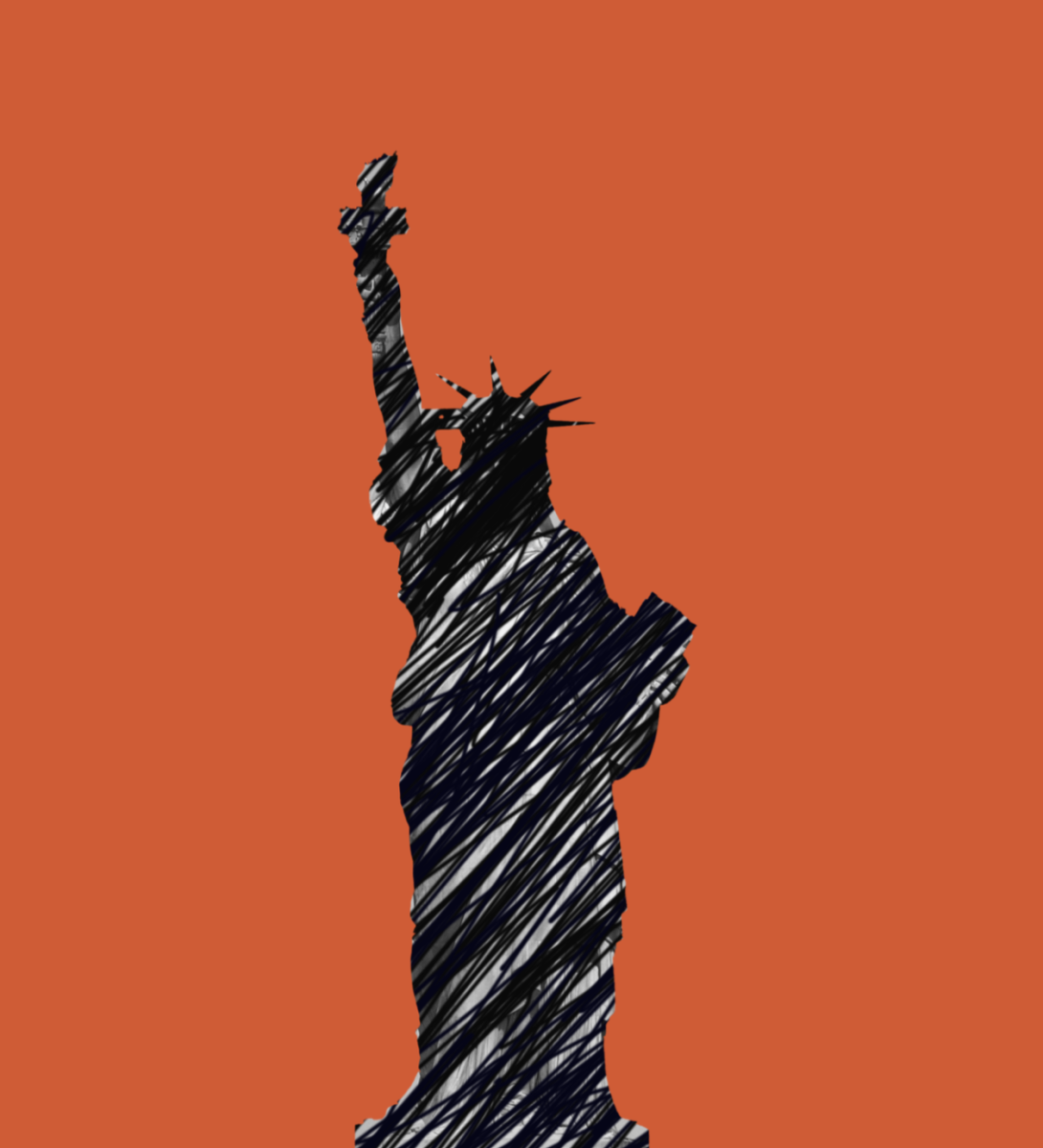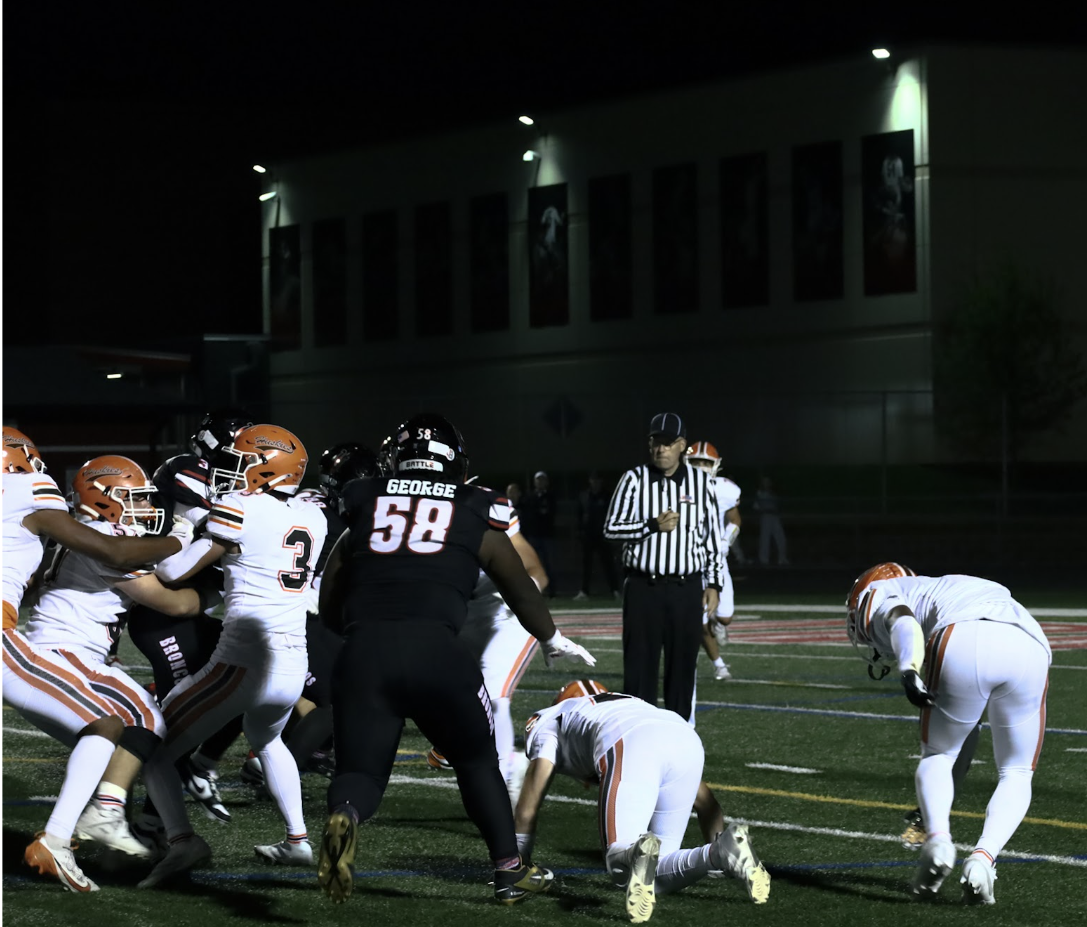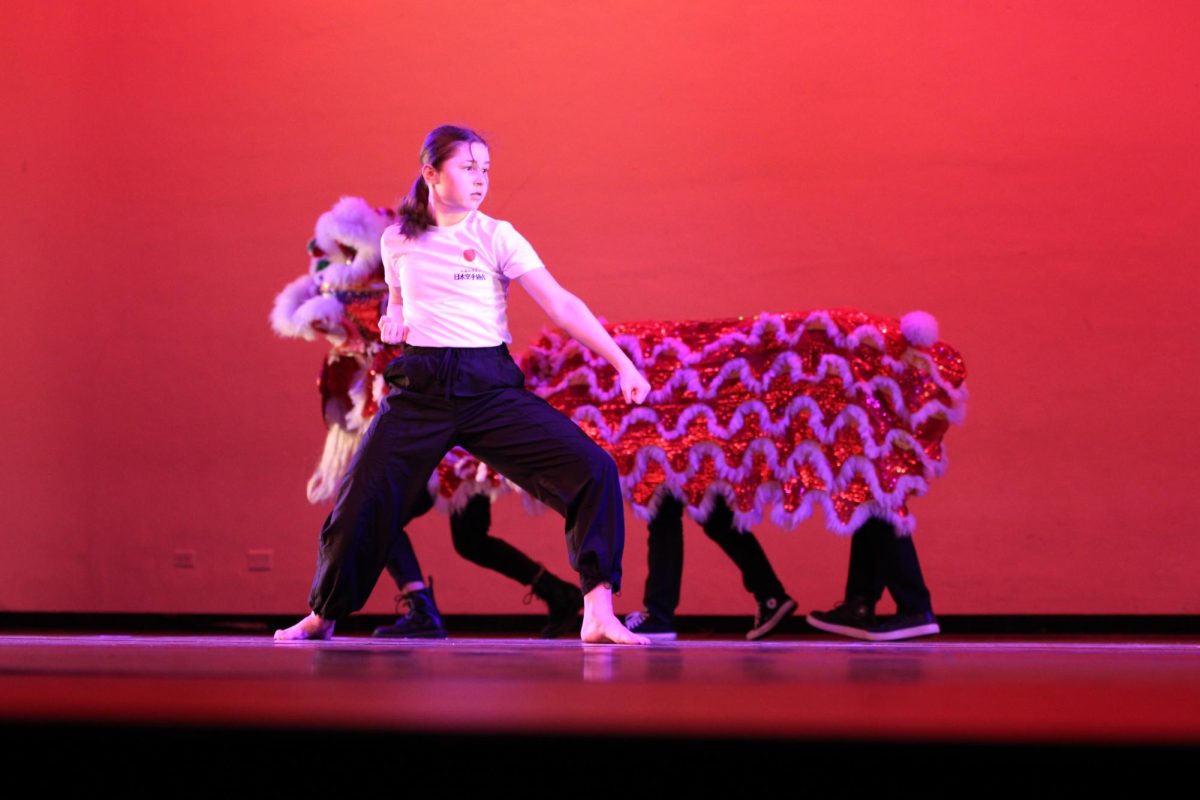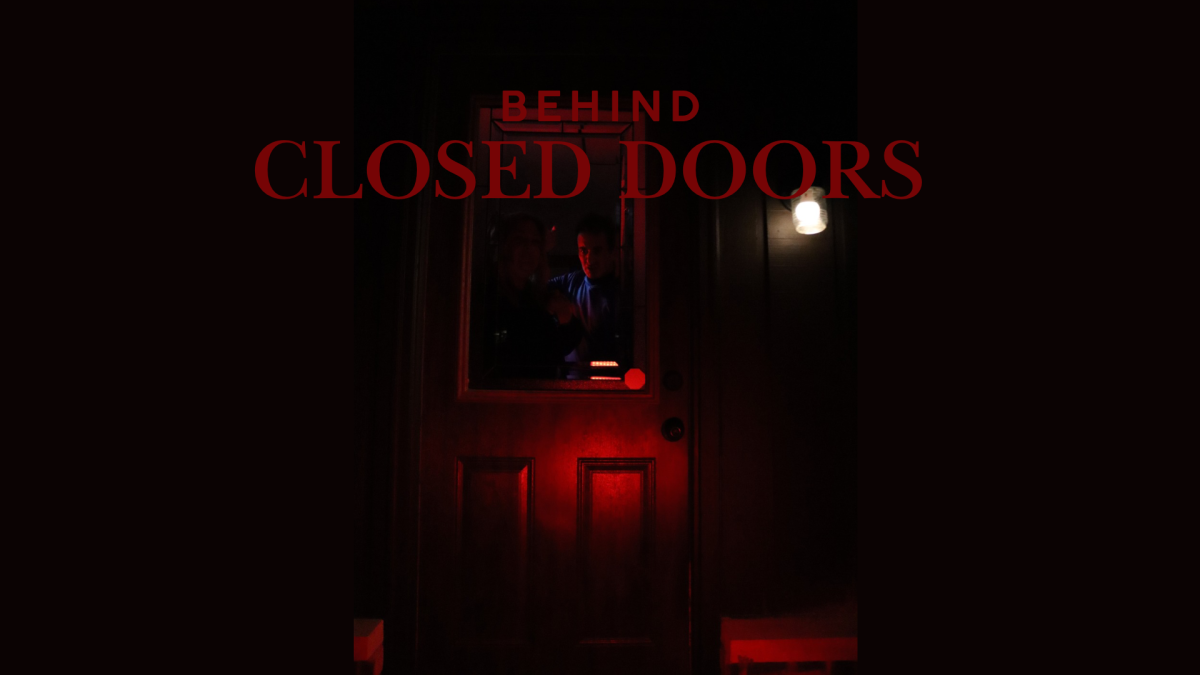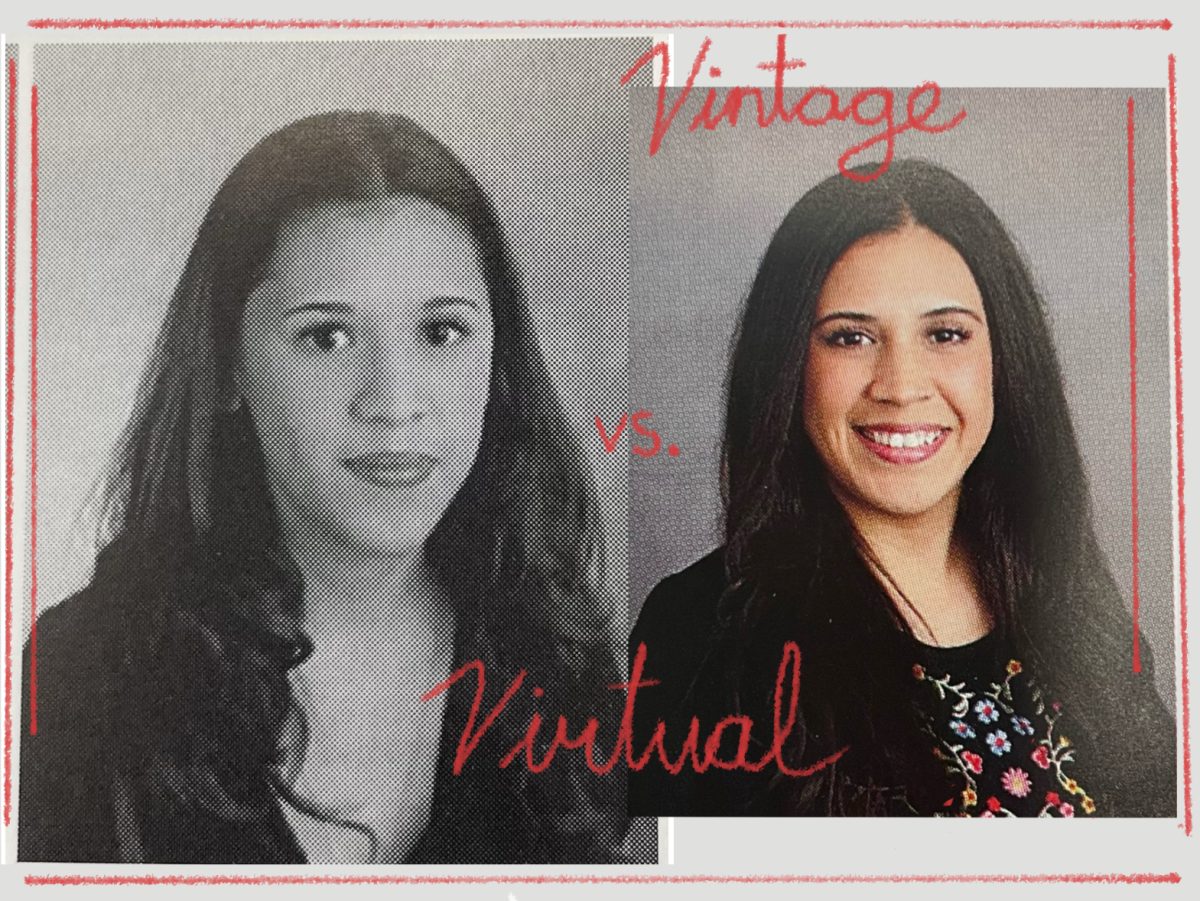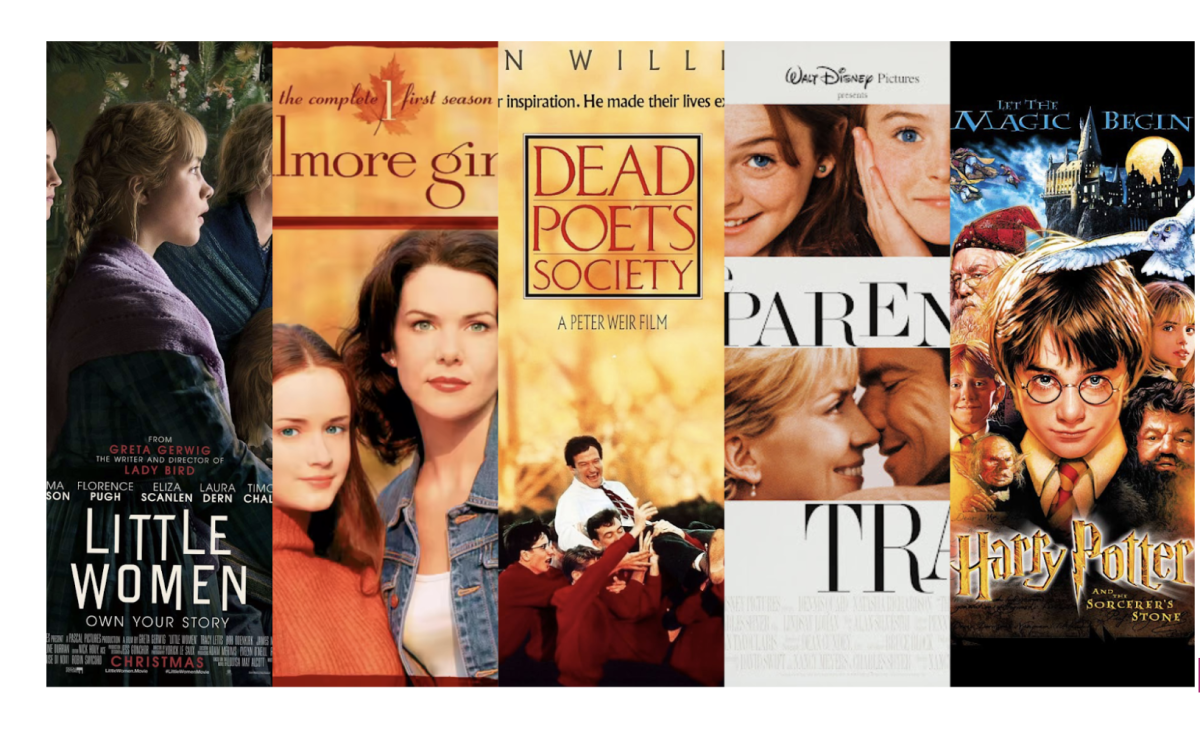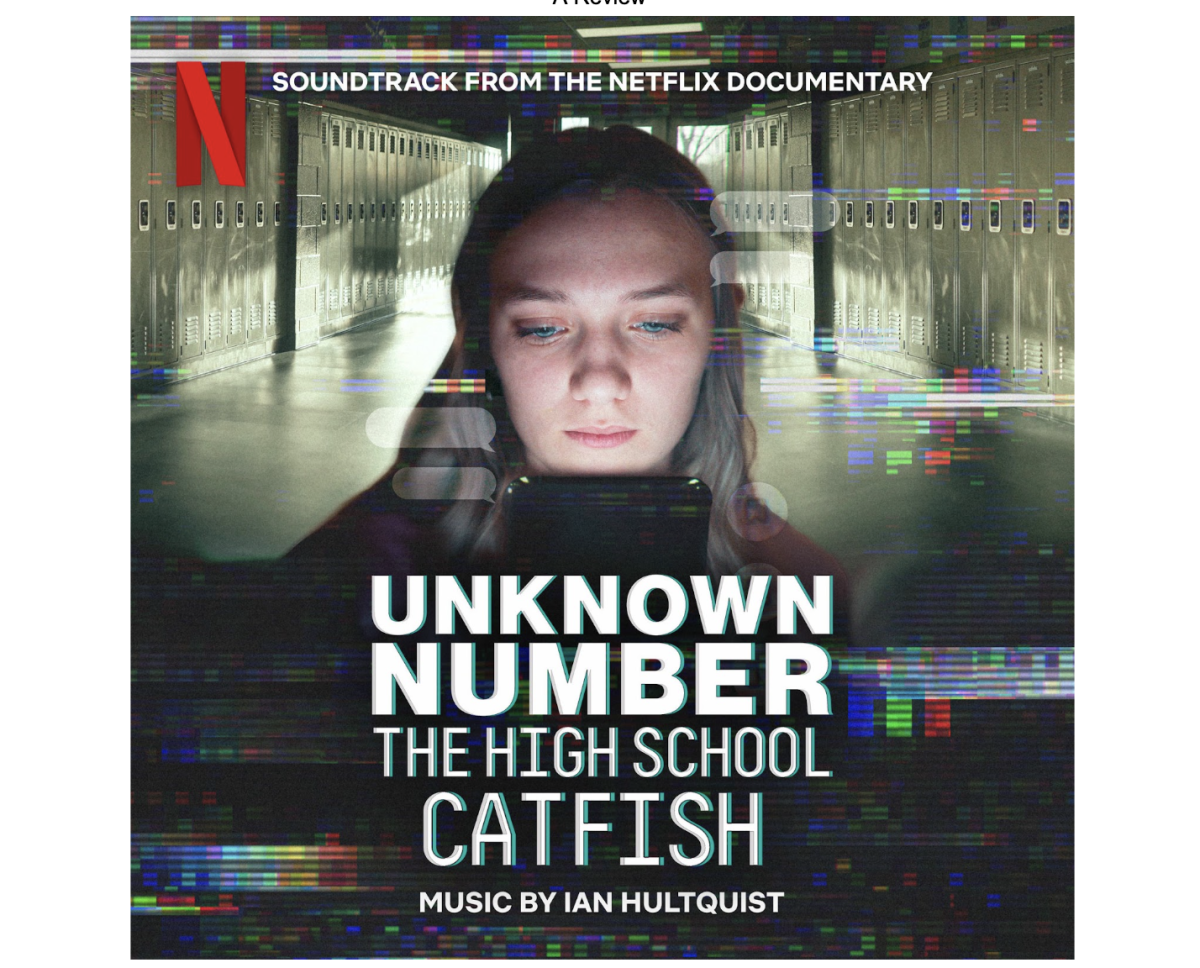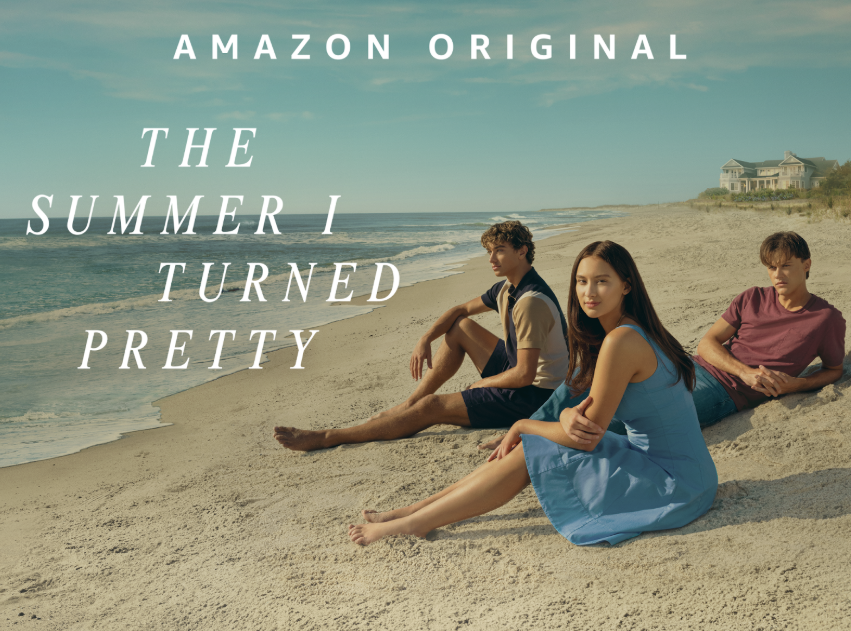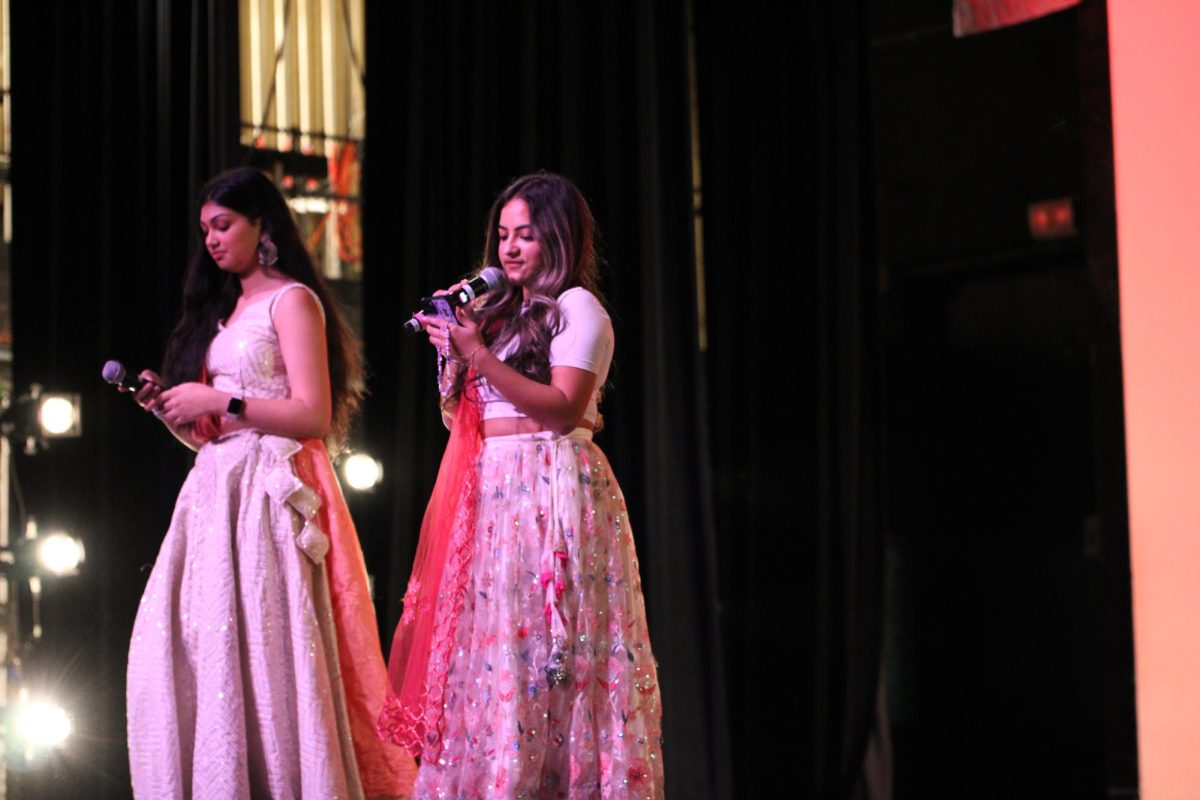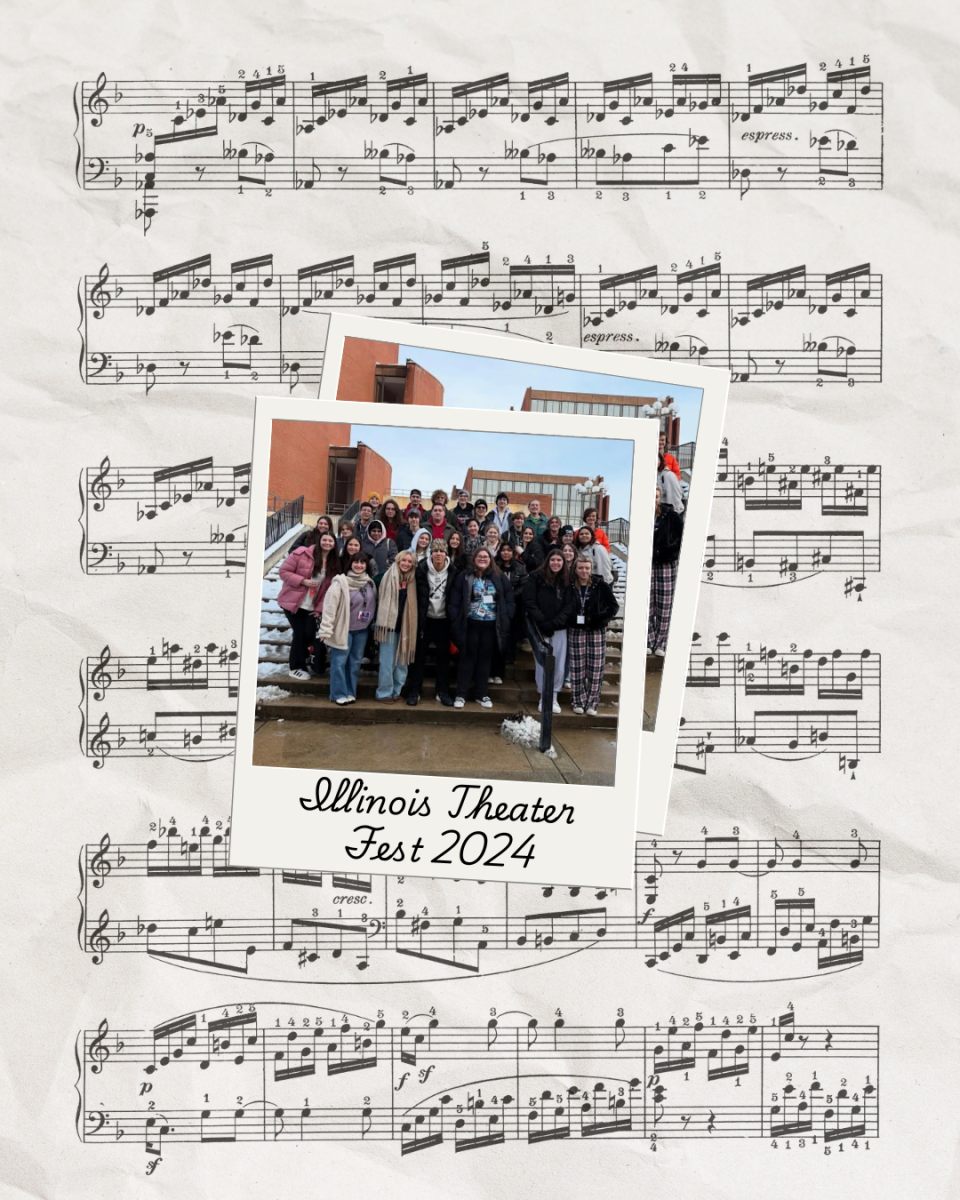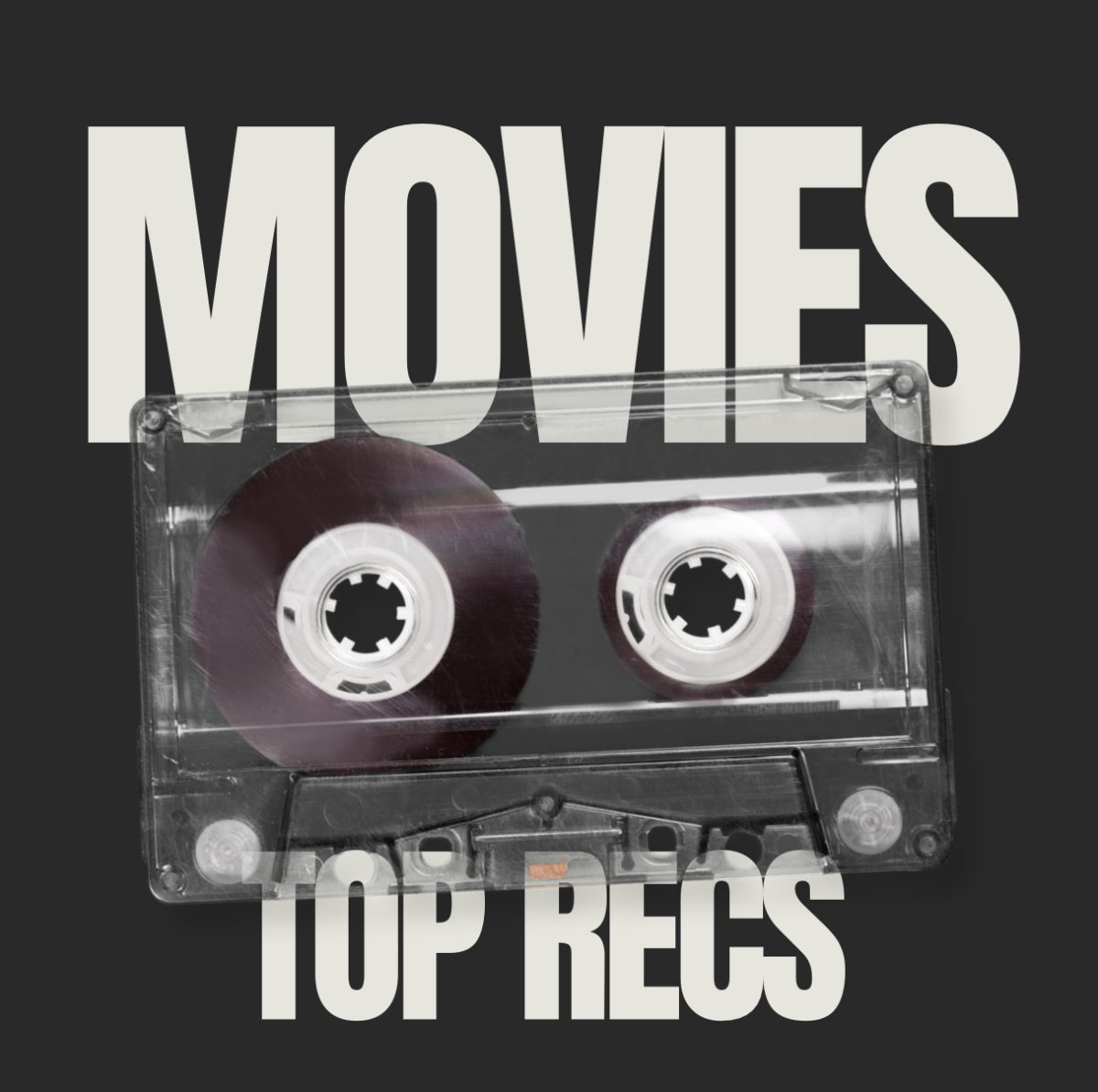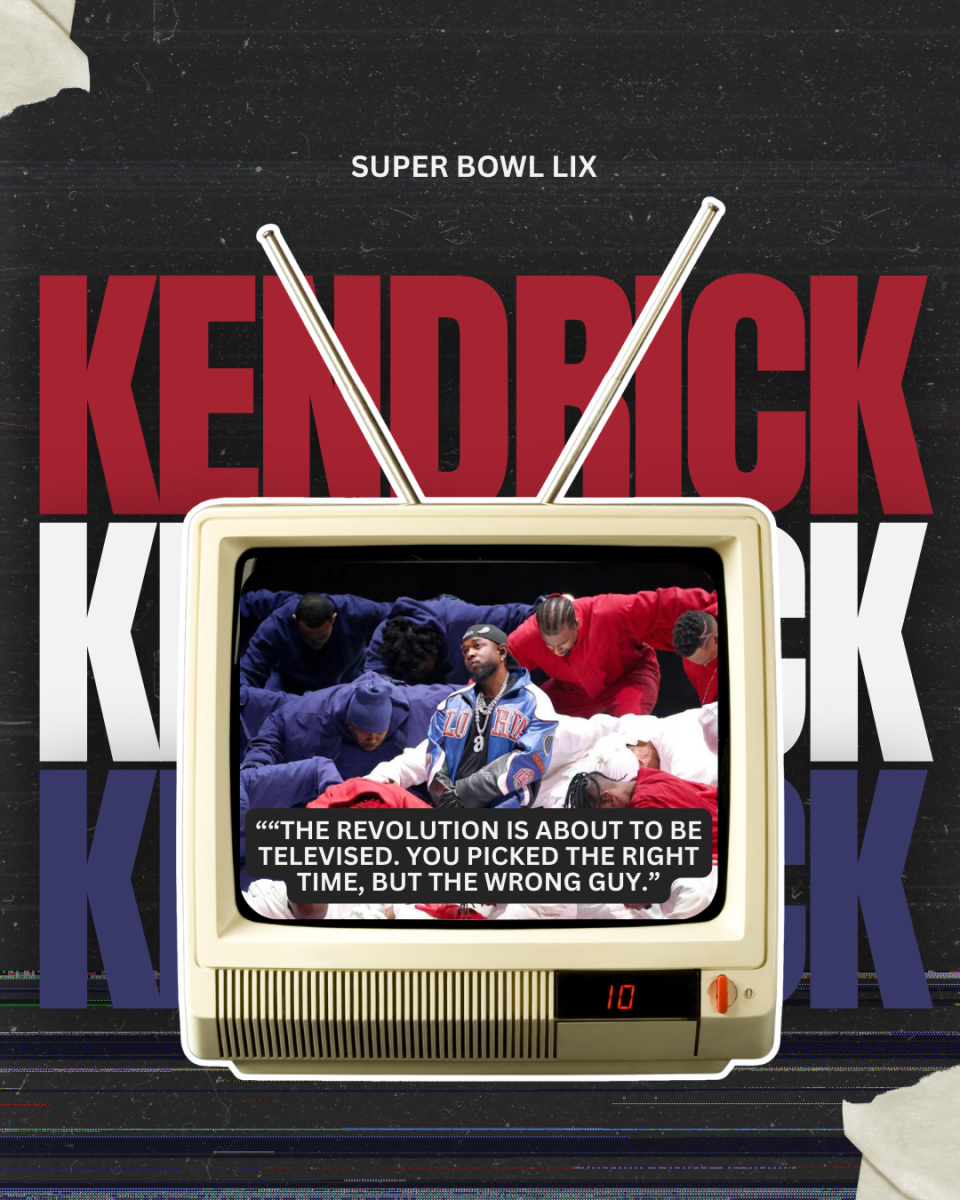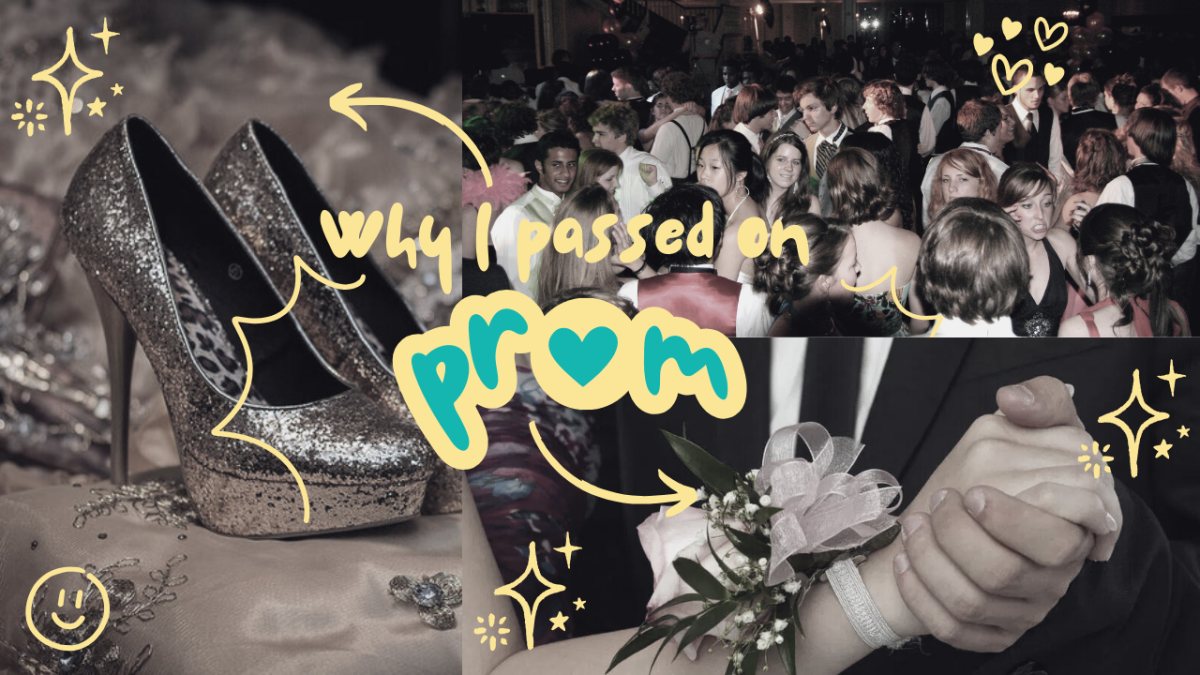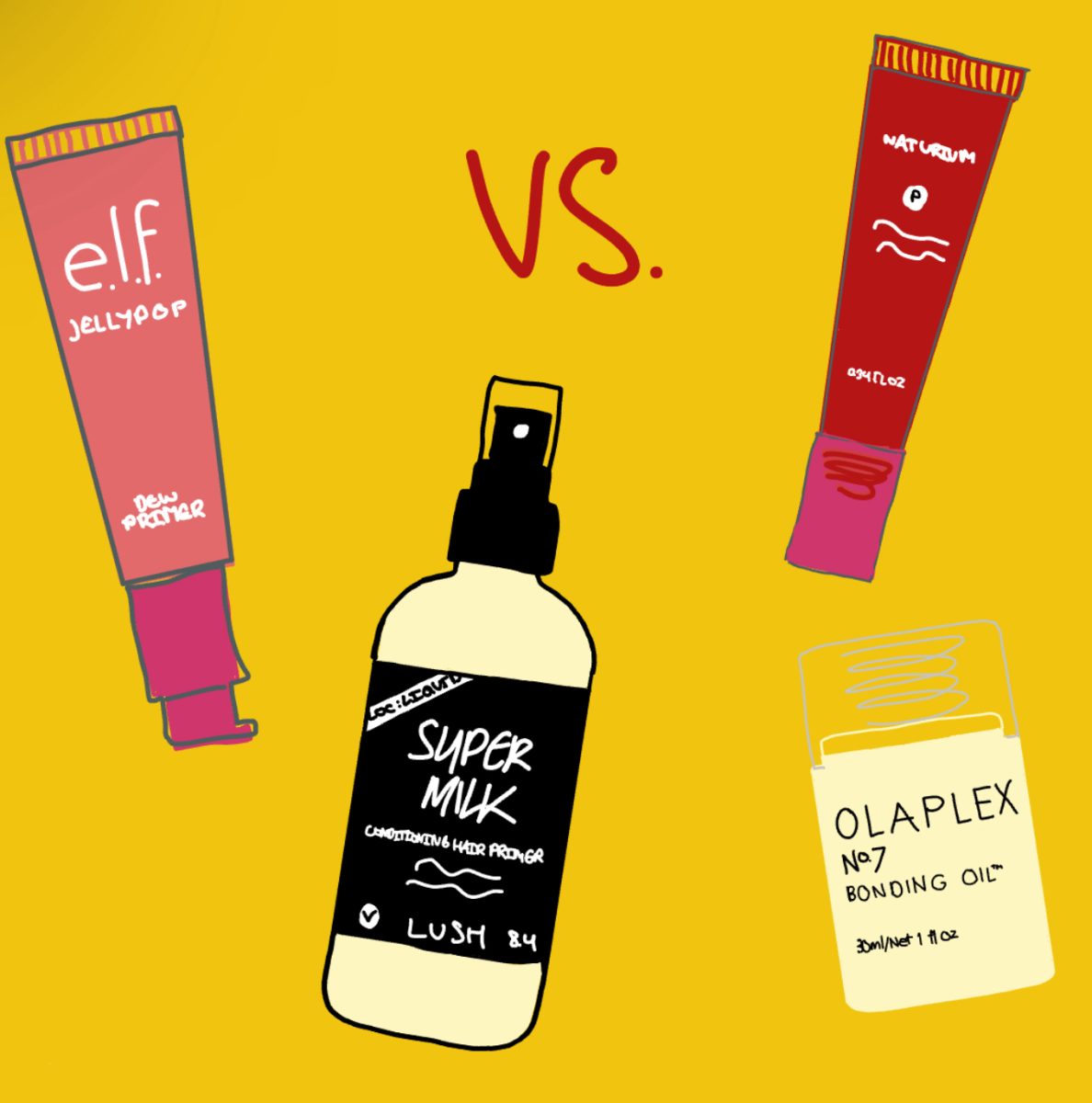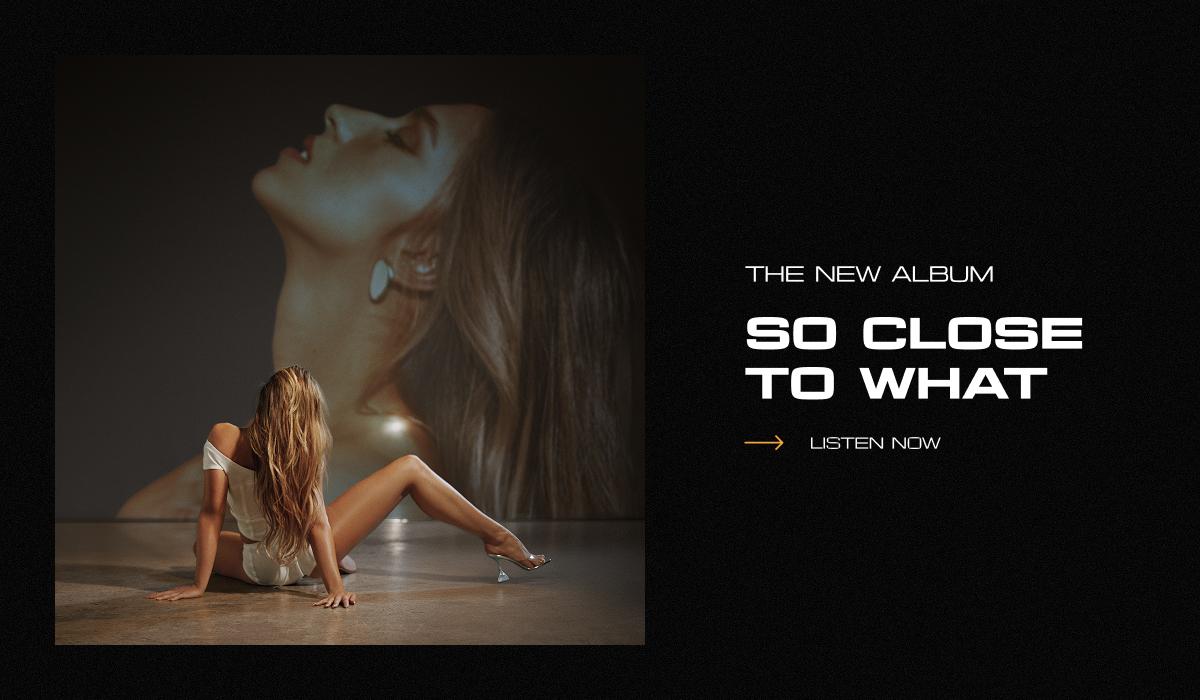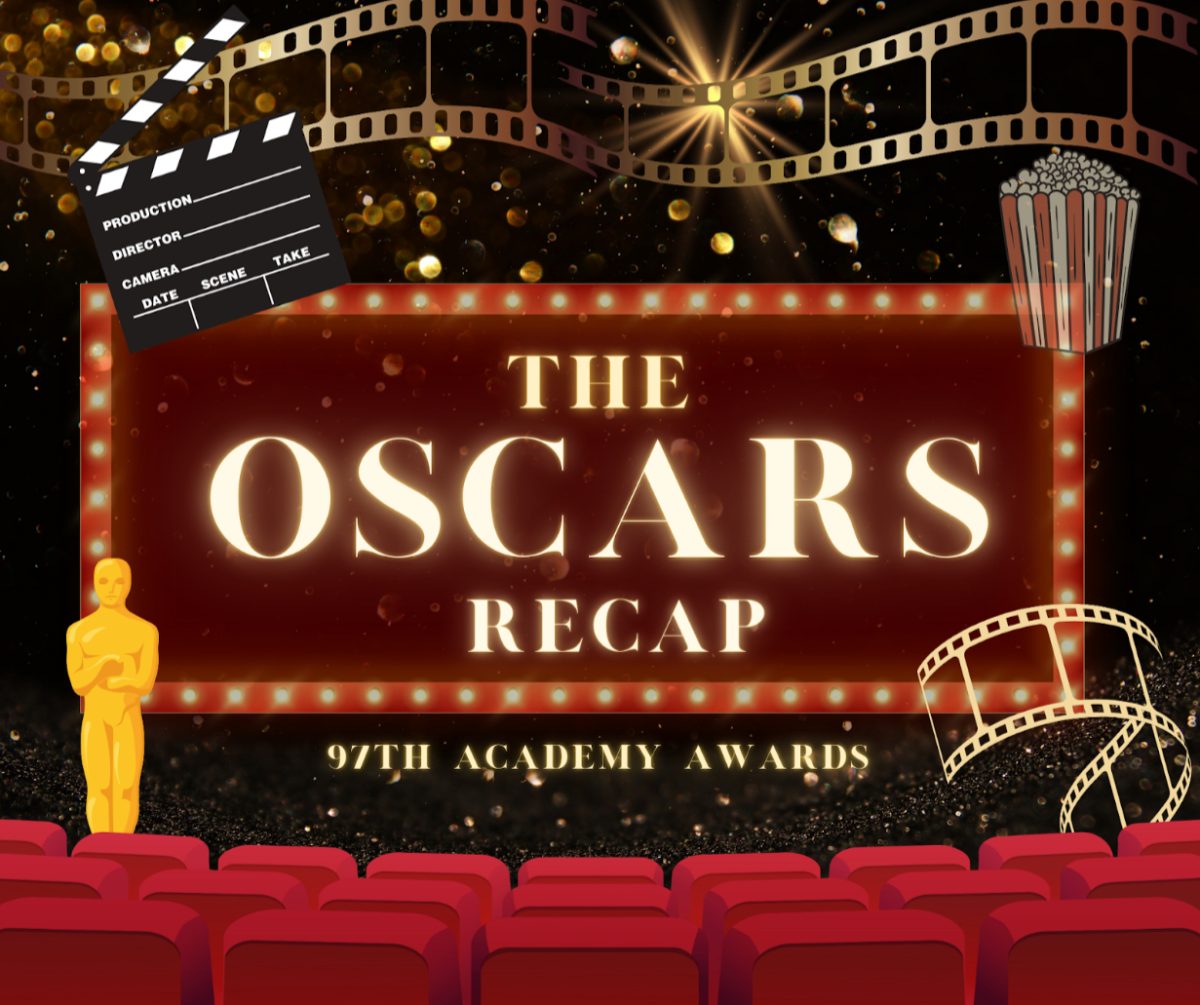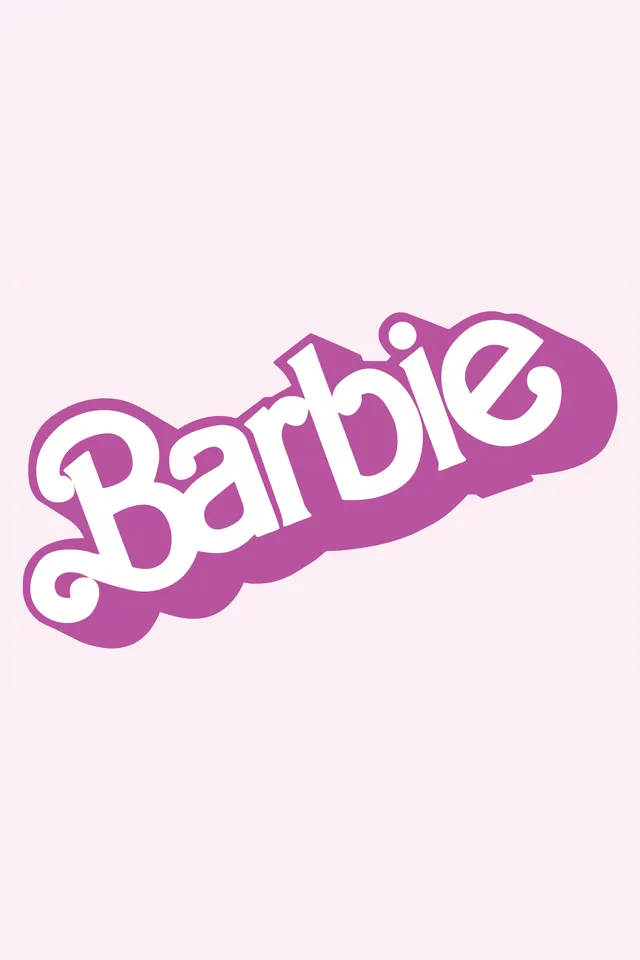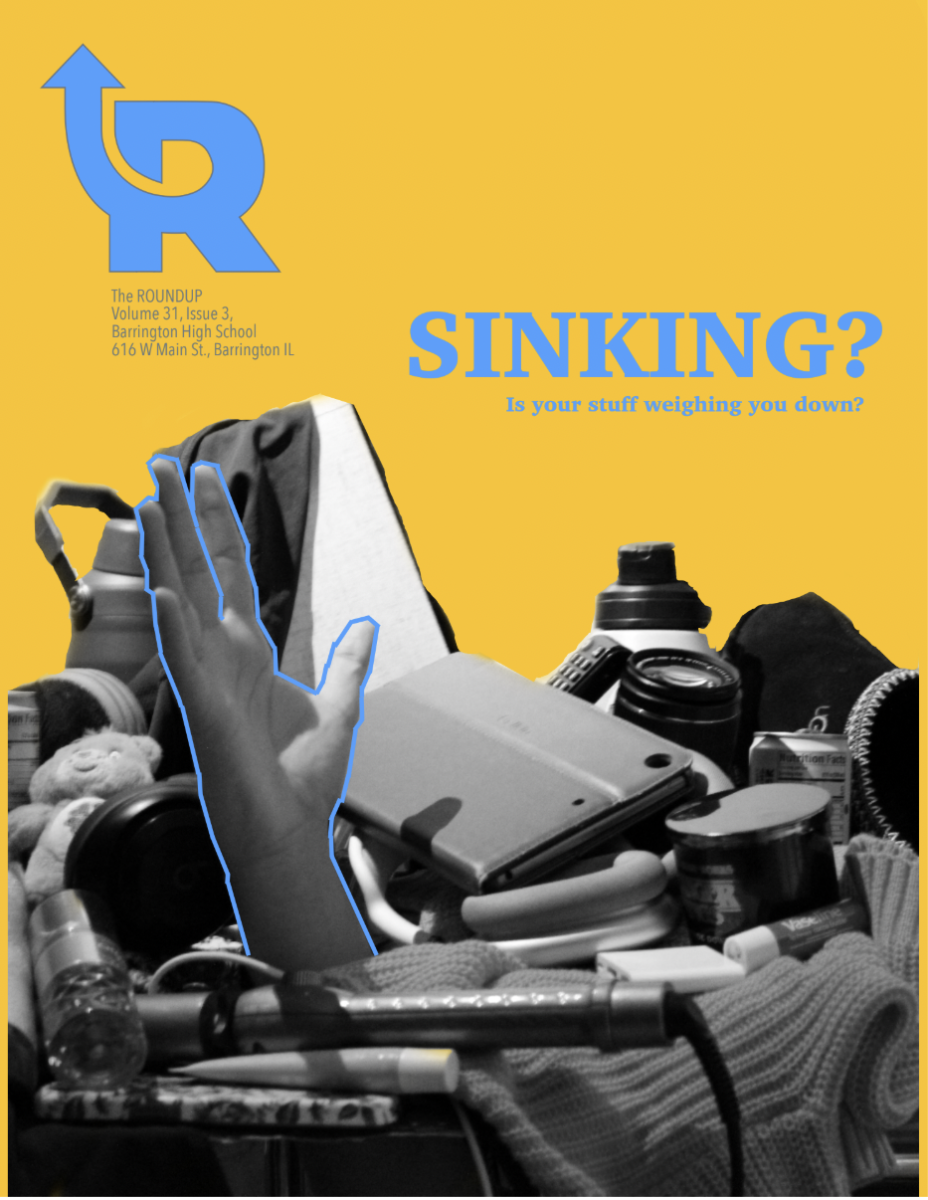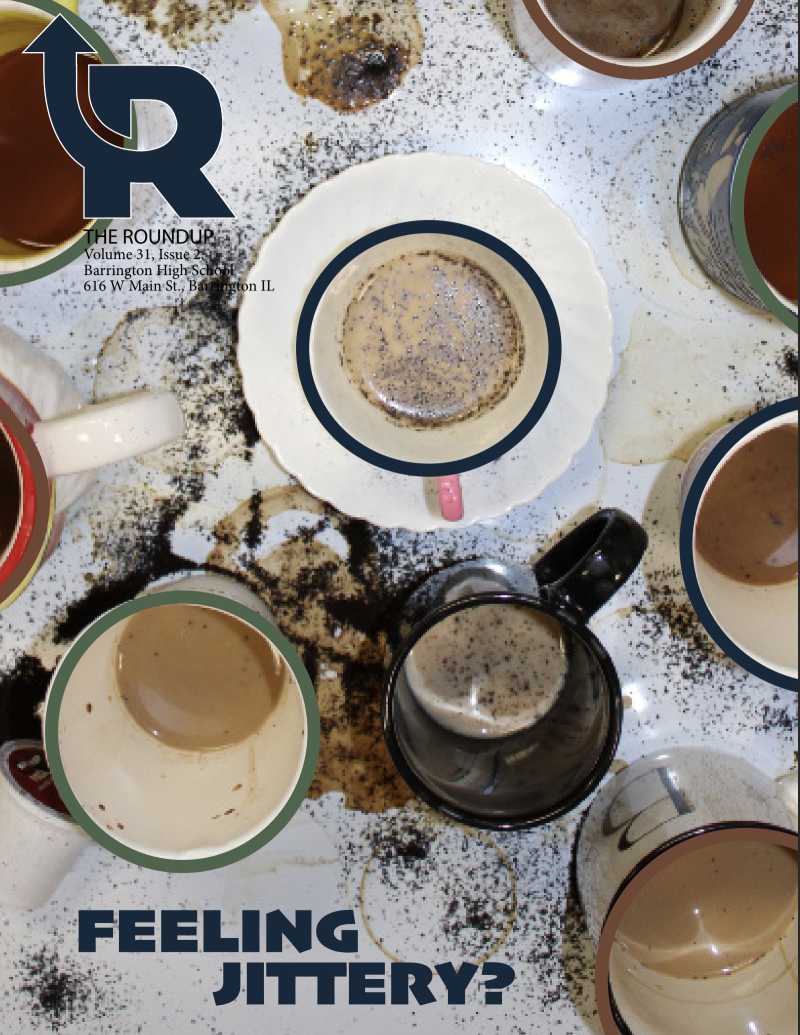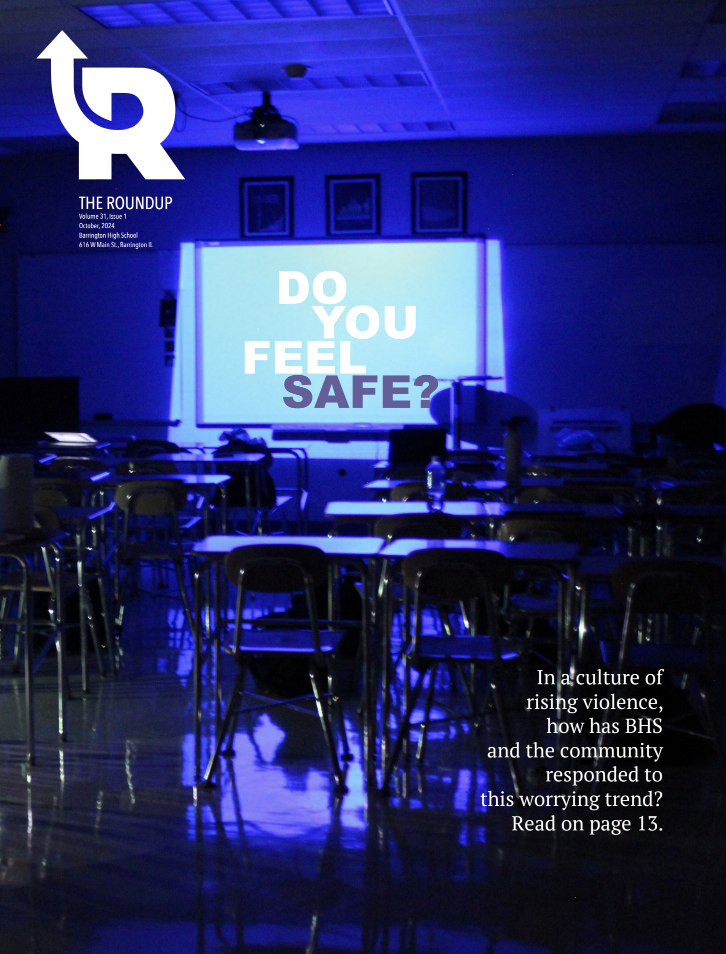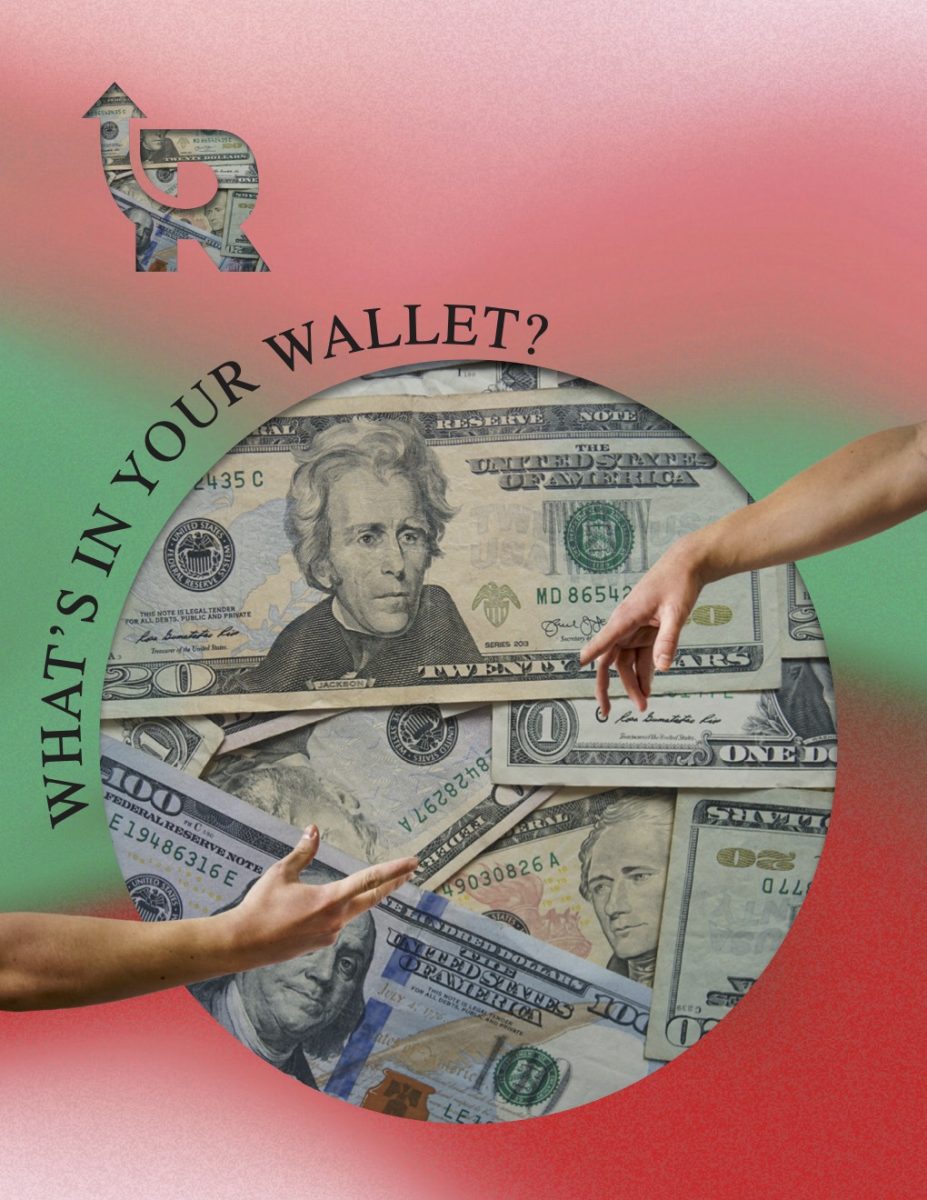“Walking Distance:” a look back on The Twilight Zone
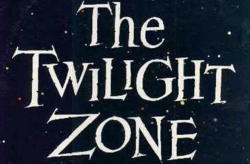
As a genre, horror has exploded in recent years. Movies like The Blair Witch Project in the late nineties exploded new sub-genres, and it feels like the only draw to the theatre in the age of streaming is the ability to get those scares in the perfect setting.
That’s why it surprises me that more audiences (especially younger) haven’t gone back and delved into The Twilight Zone. The entire show is on Netflix, for what it’s worth. Funnily enough, the massively popular and now Netflix produced show Black Mirror wouldn’t exist without this show as its anchor. The Twilight Zone, in my opinion, is absolutely worth going back and watching. While there are some peripheral things that might turn away some new viewers, the attention to character and the short-form of each episodes begs for binge-watching marathons and late-night viewings.
Since the show dates back to the 50s, it is of course in black and white. I think a lot of younger people are already turned away from this; it simply isn’t as visually stimulating or exciting as color film. However, visual presentation is a small part of The Twilight Zone’s whole game. In fact, the show is able to create some eerie and freaky moods purely in black and white. The cinematography is fun, shaky, and certainly imperfect, yet moves the story along.
In an episode, the character Sloane is often shot in the reflection of a mirror, with the camera pulling out to expose the false angle, which mirrors the “false angle” of the past that Sloane finds him in. How cool is that? Despite its lack of flashiness, The Twilight Zone will still give the audience that characteristic queasiness and discomfort of similar, more modern works.
While the filmmaking of Twilight Zone deserves its praise, it really shines in the story arcs. In just thirty minutes, the show doe is able to pose a question, and lets the audience reflect on it by the end. This “question” always comes in the form of a dilemma, whether it be ethical, logical, or whatever problem comes about it. The show tackles philosophical and societal issues, and really poses the opinion on the viewer, giving them the tools to think critically about it.
In S1E5, that question can materialize into something like “what can an adult find in their past?” or “what happens when we lose our inner child?” The actual story is of course much more linear.
Martin Sloane, VP of an ad agency, returns to his hometown over a weekend to do some soul-searching and reminisce. However, he finds himself in the actual past, even confronting himself at one point. It’s worth mentioning that meeting yourself would create a paradox and a sort of infinite loop; if that sort of thing bothers you, The Twilight Zone might not be your cup of tea.
This simple premise, combined with a very succinct and stylized way of shooting, creates a succinct mood and setting. You’re not going to be getting a lot of character depth, backstory, or intense plot from The Twilight Zone. Instead, this show is built upon asking tricky questions, and feeling a little uncomfortable in response. If you can glance over errors, and aren’t looking to get invested in specific characters and their stories, The Twilight Zone is absolutely worth watching. A unique intersection of sci-fi and thriller, each episode delivers with an unmatched aesthetic.
Your donation will support the student journalists at Barrington High School! Your contribution will allow us to produce our publication and cover our annual website hosting costs.



